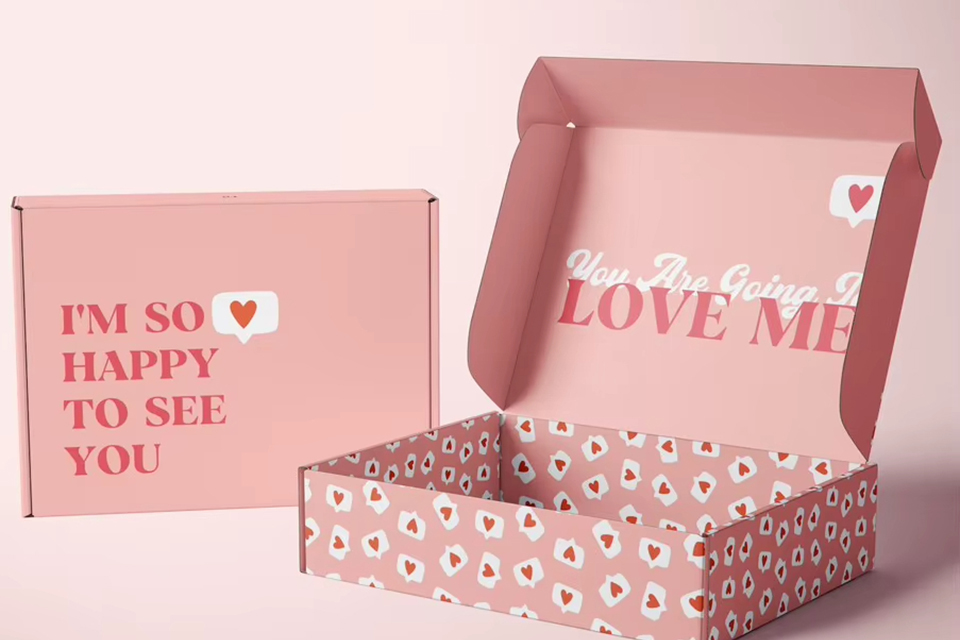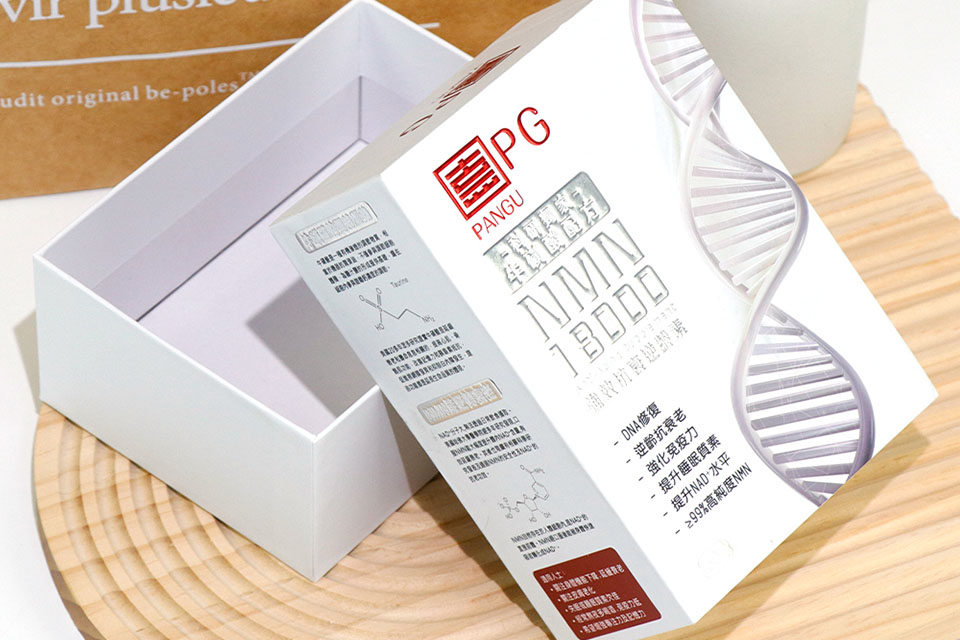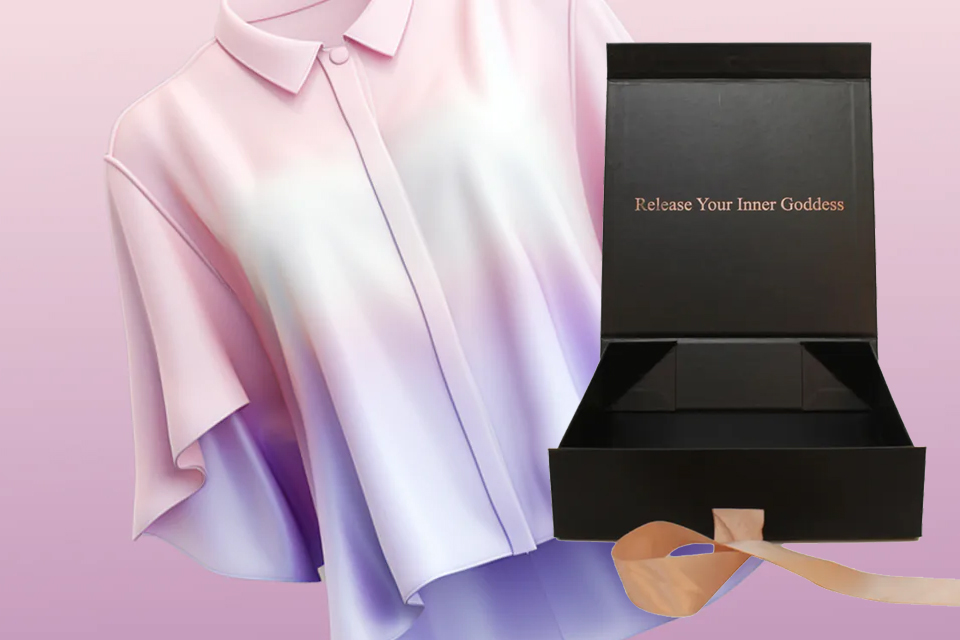In today’s booming baking industry, cupcake boxes are not only containers for desserts, but also an important carrier of brand image. As consumers’ demand for environmental protection and personalization grows, how to create sustainable packaging boxes through biodegradable materials and customized brand packaging box solutions has become the key for baking brands to stand out.
Diverse choices for cupcake packaging
From function to design, the diversity of packaging boxes determines the first contact point between brands and consumers. The following are the current mainstream packaging types:
- Tray packaging The tray ensures that cupcakes are displayed steadily through structural design. The material is mainly cardboard, which is both environmentally friendly and visually attractive. For example, the use of recyclable cardboard with matte printing technology can not only highlight the beauty of desserts, but also convey the brand’s pursuit of details.
- Stand-up bags and window boxes Stand-up bags use flexible materials to protect the freshness of cakes, while window boxes use transparent design to meet consumers’ “what you see is what you get” mentality. Data shows that more than 40% of consumers prefer transparent packaging, and this type of design can increase the purchase conversion rate by 30%.
- Themed gift boxes and independent customized boxes Themed boxes that combine festivals or brand stories, such as Halloween mysterious style or birthday limited editions, can strengthen emotional connections. Independent customized boxes enhance the sense of exclusivity through personalized printing (such as customer name, blessings), becoming a hot spot for social media communication.
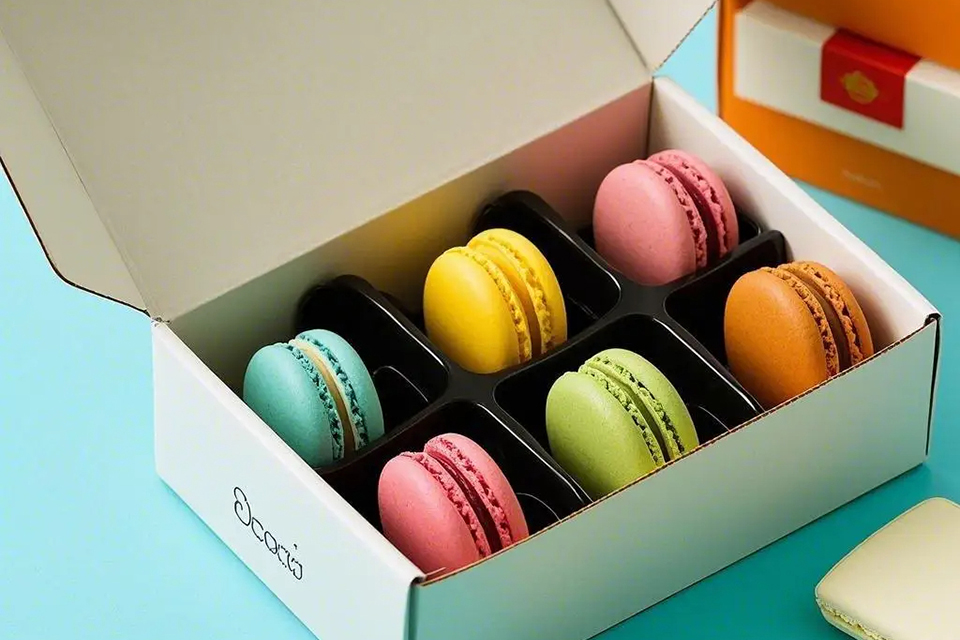
Four core values of customized packaging
- Brand memory enhancement Unified visual design (such as iconic colors, illustrations) makes packaging a mobile billboard. For example, a well-known baking brand successfully conveyed the concept of “symbiosis of nature and deliciousness” by combining its LOGO with forest patterns.
- Sustainable image shaping Packaging boxes made of biodegradable materials can attract 66% of environmentally conscious consumers. This type of material not only reduces carbon footprint, but also enhances trust through environmental certification logos on the packaging.
- Social communication fission Exquisite packaging inspires users to take photos and share, forming free promotion. Case studies show that gift boxes with interactive designs (such as DIY stickers) can increase social media exposure by 50%.
- User experience upgrade From the unboxing ceremony to transportation protection, packaging needs to take into account both function and emotion. For example, a thickened anti-seismic structure of the transport box can reduce the breakage rate by 30%, while the magnetic gift box switch design improves the convenience of use.
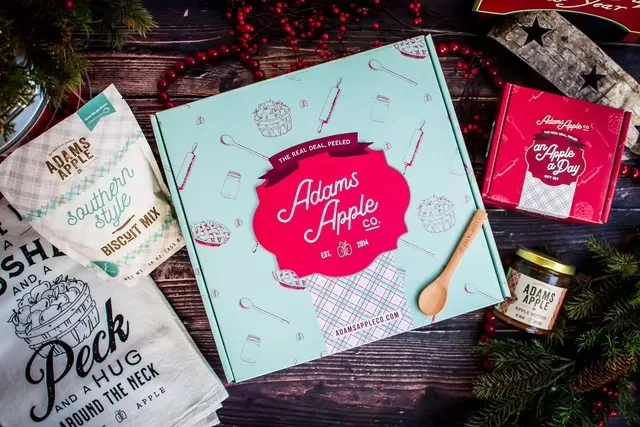
Application scenarios of biodegradable materials
Innovative practices of environmentally friendly materials are reshaping industry standards:
- Food-grade corn starch-based materials: Suitable for display boxes for short-term use, which can be naturally degraded within 3 months and cost 15% less than traditional plastics.
- Bamboo fiber composite materials: Used for high-end gift boxes, it has both texture and antibacterial properties, especially suitable for health-themed brands.
- Recycled cardboard + water-based ink printing: Through supply chain optimization, this combination can reduce carbon emissions by 40% while meeting the needs of bright color presentation.
Three key strategies for brand landing
- Precisely target the audience Young people prefer bold designs, and packaging creativity can be displayed through short video platforms; high-end customers prefer minimalist styles, and need to emphasize material and craftsmanship details.
- Online and offline joint promotion
- Online: Use the “details page storytelling” function of e-commerce platforms, combined with KOL unboxing videos to improve conversion.
- Offline: Set up packaging recycling points in stores to encourage consumers to participate in environmental protection actions, and give away brand peripherals to enhance stickiness.
- Supply chain and cost balance Establishing long-term cooperation with local environmentally friendly material suppliers can reduce procurement costs by 20%; adopting modular design (such as adjustable compartments) can reduce inventory pressure.
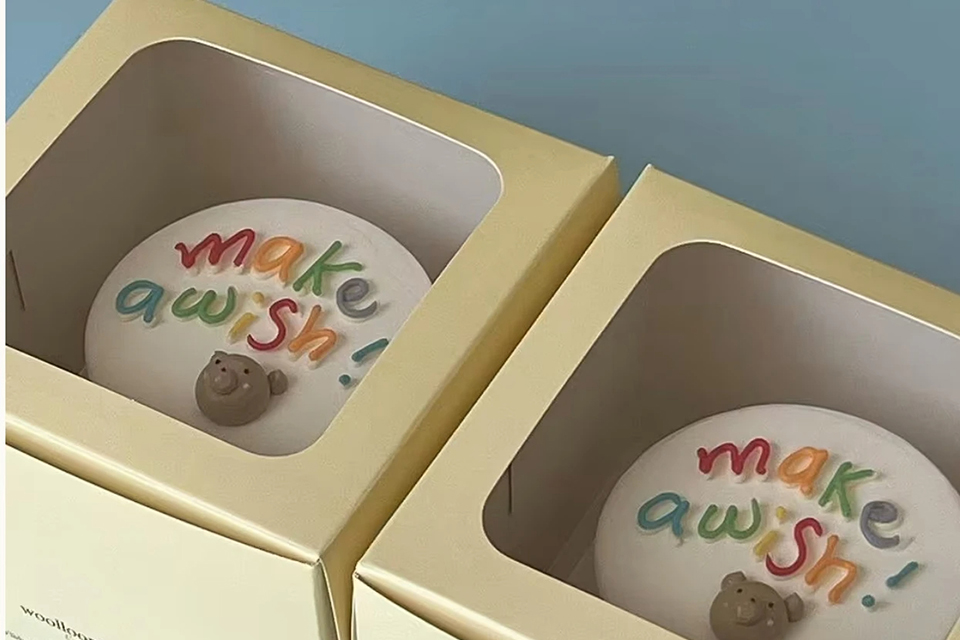
Future trends in sustainable packaging
From material innovation to intelligent design, cupcake boxes are moving towards the goal of “zero waste”. For example, plantable seed cartons (which consumers disassemble and bury in the soil to grow plants) have been well received in the niche market and are expected to cover 15% of mid-to-high-end brands in the next three years.
Conclusion
Cupcake boxes have evolved from functional containers to brand strategy tools. Through the application of biodegradable materials, customized design and the deep integration of sustainable concepts, your brand can not only win the market, but also lead the industry towards a green future.



